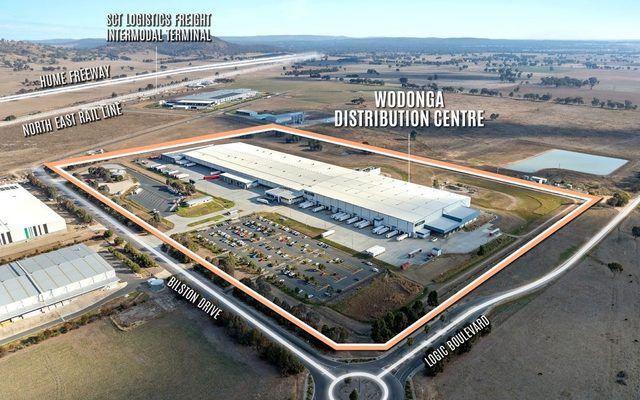This article is from the Australian Property Journal archive
STAMP duty in Sydney and Melbourne has grown as much as six-fold in the space of a generation, and buyers on a full-time wage will need to save up for six months to cover the charges.
New research from e61 Institute and PropTrack, REA Group’s property data and analytics business, shows stamp duty on a median-priced home in Sydney is $44,500, 5.4 times higher than the 1980s, while in the Melbourne buyers need to save $42,500 – a 6.1-fold increase, the largest of any city.
“Stamp duty is an inefficient tax because it discourages people from moving to homes that suit them. While the rise has largely been incidental, rather than an intentional increase in tax rates, stamp duty reform is critically needed to allow the property market to operate more efficiently,” PropTrack senior economist, Angus Moore said.
According to a McKinnon poll, housing costs have caused one-quarter of Australians under 40 to delay changing jobs, caused one-in-five in their 30s to push back having children, and prevented people of all ages from moving home.
The e61 Institute and PropTrack report shows buyers in Brisbane face a lower burden than its southern counterparts, and owner-occupiers pay even less due to concessions, but stamp duty still represents around $25,900 or 3.7 months of income for an investor. For an owner-occupier, it is equivalent to $18,700 or 2.7 months of income – 5.5 times higher than four decades ago.
Adelaide, Perth, and Hobart have also seen increases in the cost of stamp duty. Stamp duty on a median-priced home is 4.4 times higher, relative to income, in Adelaide. It is 4.5 times higher in Perth, and 6 times higher in Hobart.
“Stamp duty is very costly. Home buyers in Sydney and Melbourne must spend half a year’s worth of full-time income, a burden that has increased enormously compared to a generation ago,” said Moore.
“Housing affordability and availability is without a doubt a challenge of our time. Governments and policymakers must consider the unpopularity of stamp duty, and the indirect impacts stamp duty has on various other parts of the economy and people’s lives,” said research manager at the e61 Institute, Nick Garvin.
Garvin pointed to previous e61 research highlighted that preventing job switching can weaken productivity which has flow-on effects on wage growth and inflation.
“Overhauling the current stamp duty system has the potential to alleviate these pressures on individuals and the economy more broadly.”
The NSW government last year lifted the purchase price threshold for first-home buyer stamp duty exemptions from $650,000 to $800,000, and concessions from $800,000 to $1 million.
The former Perrottet government in NSW had proposed for first home buyers to opt for property taxes instead of stamp duty.
Budget papers have shown the NSW government is expecting to earn a sizable $9.5 billion more in transfer duty and $4.9 billion more in land tax revenue than expected this year due to another rise in residential sales.Set featured image
The ACT is more than halfway through a 20-year plan to phase out stamp duty that began in 2012, at the same time raising council rates.
The REIA has estimated stamp duty reform would see property listings increase between 5% and 40%, varying between jurisdictions, bringing more supply to the market and easing the current shortage.
Victoria is making moves to change stamp duty structures in the commercial real estate space. From 1st July this year, the Commercial and Industrial Property Tax will be payable 10 years after the last stamp duty payment. When the properties are next sold, stamp duty will not apply – as long as the property continues to be used for commercial and industrial purposes, and even if the property is sold prior to the Commercial and Industrial Property Tax becoming payable.
The Commercial and Industrial Property Tax will be set at a single flat rate of 1% of a property’s unimproved land value and exemptions that apply to land tax will also apply.





